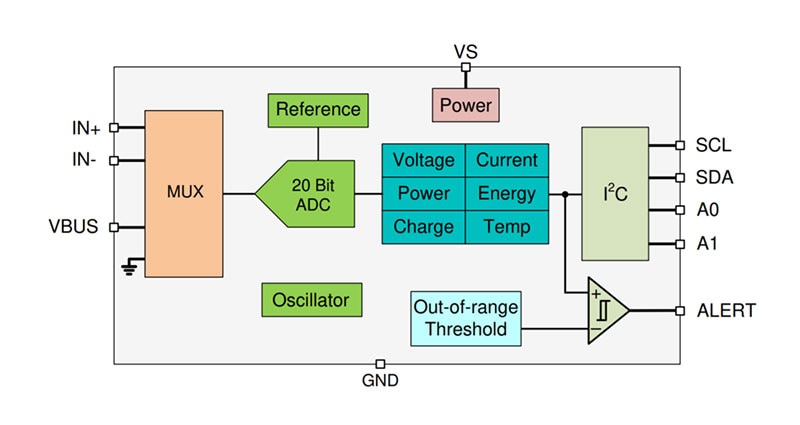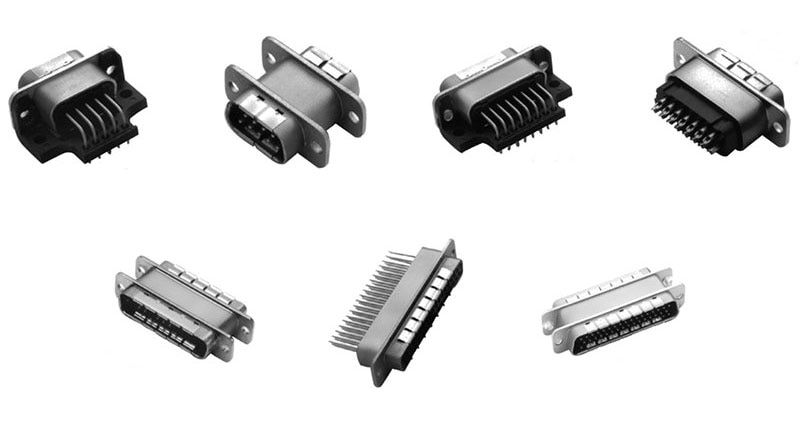Higher Levels of Integration: Usually a Good Idea, But Sometimes Not
One consistent message of IC technology over the past decades is that moving to higher levels of functional integration is a good thing for all-digital and mixed-signal applications. As new components integrate more of the signal chain, there are multiple benefits such as increased simplicity in overall design, fewer interconnects, improved reliability, reduction in board space, risk removal of inter-component incompatibility, lower power dissipation, assured system-level performance, a more-encompassing data sheet and, of course, lower cost.
But the integration story is not entirely one-sided. The same vendors that offer high levels of integration in a single IC are also introducing high-performance minimal-function ICs, such as operational amplifiers (op amps) to serve as basic building blocks.
In some ways, the two stories contradict each other. After all, why go for a single-function op amp when you can “have it all” or at least “have much more” via a more highly integrated device? The answer is complicated, as it depends on the specifications of the components, their relative balance with respect to each other, the application, its priorities, and most importantly, the associated tradeoffs and compromises.
Making tradeoffs to meet objectives despite constraints is at the core of engineering design and expertise. The attractiveness of the more highly integrated device must be weighed against any shortcoming in the performance of a critical parameter as compared to a highly optimized, single-function building block that can be used to build up a complete system. We’ll use two very different components from Analog Devices as illustrative examples.
The Analog Devices AD5490 electrochemical front end
Consider the recently introduced Analog Devices AD5490, a complete electrochemical front end for potentiostatic, amperometric, and voltammetry measurements, which are standard requirements in electrochemical and biological experiments (Figure 1).
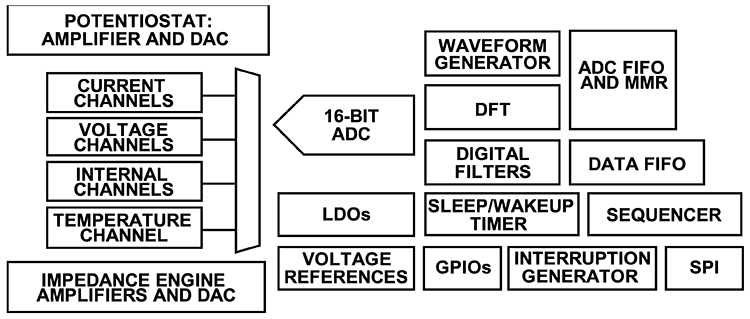 Figure 1: The Analog Devices AD5490 is a complete electrochemical front end for electrochemical and biological experiments. (Image source: Analog Devices)
Figure 1: The Analog Devices AD5490 is a complete electrochemical front end for electrochemical and biological experiments. (Image source: Analog Devices)
This IC is designed to measure sensor outputs across the wide 50 picoampere (pA, or 10-12 ampere) to 3 milliampere (mA, or 10-3 A) range, a span that is common in bioimpedance applications such as assessing skin and body impedance, continuous glucose monitoring, as well as battery impedance tests (Figure 2). For the AD5490, the typical input bias current is 20 or 80 pA, depending upon which input channel is selected.
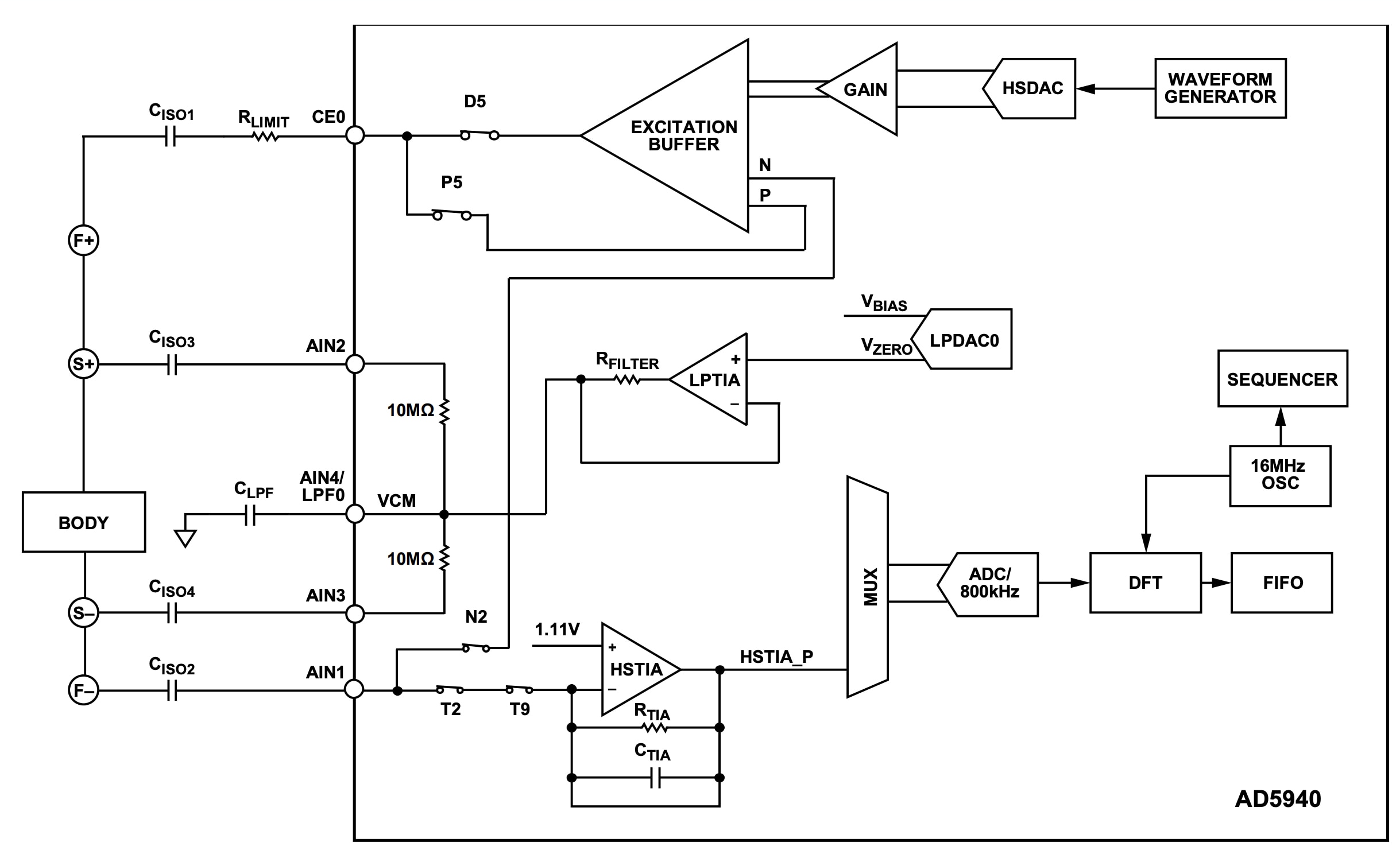 Figure 2: The AD5490 is optimized for biological chemistry and human body measurements such as this high-frequency, four-wire, bioimpedance loop. (Image source: Analog Devices)
Figure 2: The AD5490 is optimized for biological chemistry and human body measurements such as this high-frequency, four-wire, bioimpedance loop. (Image source: Analog Devices)
This is a sophisticated, complex IC, as evinced by its 133-page datasheet. Attempting to replicate its circuitry with discrete components would be a major undertaking. In addition to its extremely low input bias current, this IC includes analog-to-digital converters (ADCs), digital-to-analog converters (DACs), voltage references, a switch matrix, and much more.
Given all this capability, why wouldn’t a designer choose to use it? After all, if it can meet the project objectives, it would be foolish and almost irresponsible to try to build a comparable circuit while there is one at hand that already removes the headaches and challenges of doing so.
The Analog Devices ADA4530-1 op amp
However, some applications are predominantly driven by a need for even lower input bias current, such as highest-performance electrometers and optical sensors. Recognizing that “one size does not fit all,” Analog Devices also recently introduced the ADA4530-1, an operational amplifier with femtoampere (fA, or 10−15 A) input bias current. It also includes an integrated guard buffer against stray potential differences that might lead to undesired current flow (Figure 3).
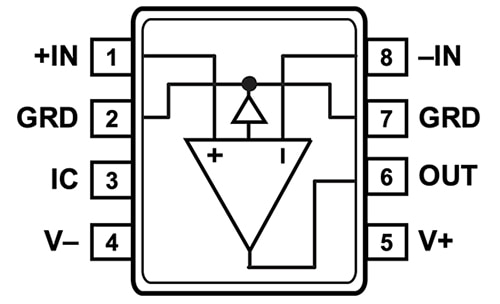 Figure 3: The ADA4530-1 op amp features femtoampere-level input bias current and includes integrated guard-buffer connections (GRD) which act as a barrier against stray potential differences that might lead to undesired current flow. (Image source: Analog Devices)
Figure 3: The ADA4530-1 op amp features femtoampere-level input bias current and includes integrated guard-buffer connections (GRD) which act as a barrier against stray potential differences that might lead to undesired current flow. (Image source: Analog Devices)
Even this functionally simple device has many subtleties, as proven by its 52-page datasheet. Its input bias current is three orders of magnitude less than that of the AD5490 front-end IC, and it has a low-temperature coefficient of up to about 60⁰C (Figure 4). Both of these are very impressive specifications for these subtle but critical attributes in their targeted applications.
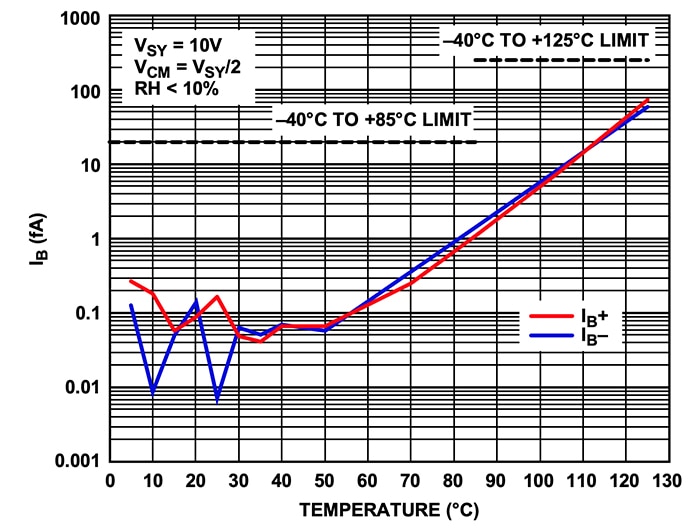 Figure 4: The graph of input bias current versus temperature for the ADA4530-1 shows that it remains below or close to about 0.1 fA up to 55 to 60⁰C, thus providing stability and error minimization of a system’s performance. (Image source: Analog Devices)
Figure 4: The graph of input bias current versus temperature for the ADA4530-1 shows that it remains below or close to about 0.1 fA up to 55 to 60⁰C, thus providing stability and error minimization of a system’s performance. (Image source: Analog Devices)
Since it’s focused on one parameter above all—extremely low bias current—it can be used in a design, process, and fabrication flow that is optimized for that attribute, yet which may be less suitable for other associated functions such as ADCs, DACs, or voltage references.
Conclusion
In general, the ongoing trend towards additional integration has been a winner for vendors and designers. Nonetheless, there are instances, such as with the ADA5430-1, that demonstrate where individual low-level blocks, each optimized for a specific attribute, still have their place. This is especially true when sensitive, low-noise analog circuitry anywhere from DC to RF is a priority, and the project also requires mixed analog/digital, or even all-digital functions such as processors and memory of various types.
If you are deciding whether to go with a more-integrated product or build your own from discrete components, it pays to check the newest releases from relevant vendors, as the options are changing fast. Still, there will be times when a humble, single-function, highly optimized, no-compromise device is essential to a successful overall design.
While many will clearly benefit from the ADA5430-1, they will also have to build the associated circuitry on their own. It’s a tradeoff they have to weigh carefully, and then decide if the challenge is worth the benefit. Although, application requirements and competitive pressures may decide for them.
Related Content
“How to Choose and Use Precision Op Amps Effectively”
https://www.digikey.com/en/articles/how-to-choose-and-use-precision-op-amps-effectively
“How to Implement a High Sensitivity Spectrophotometric Sensing Circuit”
“Improve Pulse Oximetry Measurements Using Dark Current Compensation”

Have questions or comments? Continue the conversation on TechForum, DigiKey's online community and technical resource.
Visit TechForum






